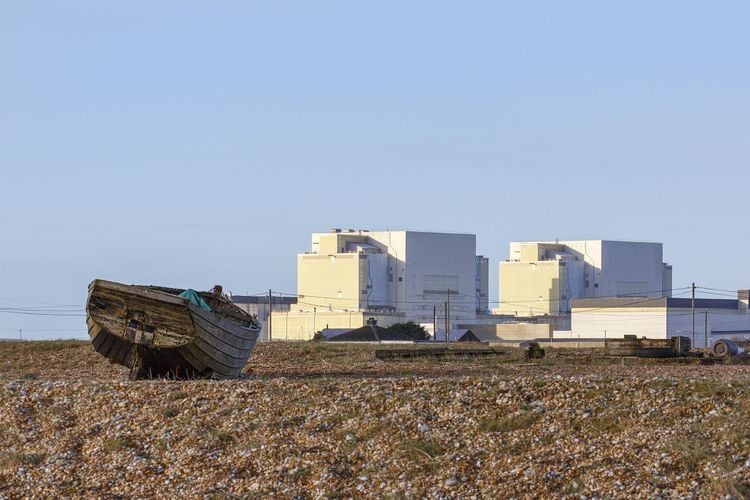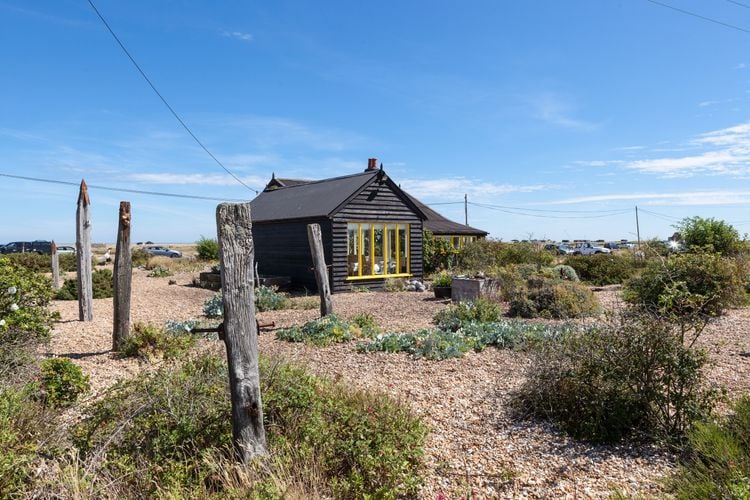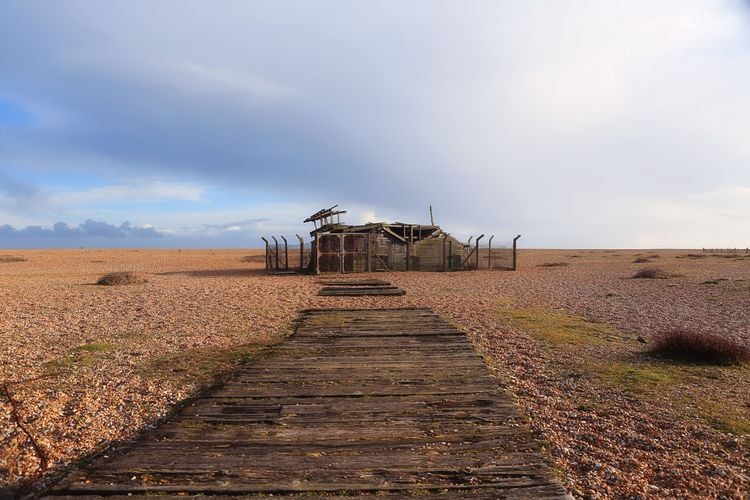Sparks through the rubble. Traipsing across Dungeness' ascetic landscape, you are overwhelmed by a sense of rubble, that these scree-like shingle shards stabbing below foot and those petrifying fishing huts seemingly stuck stagnant in time are the rubble of something that once was, the forgotten vestiges of bygone human life. Listen closely and you may hear their voices carrying on the ocean breeze, see their spectres incarnated in the frantic eye of a seabird but obliviously passing by. What happened here? This land that nature reclaimed, is reclaiming. The brutalist skeleton of a nuclear power station that haunts the headland like a great apparition seems a clue, but an unhelpful one at that. An abstract piece to an even more abstract puzzle. What happened here?
Dungeness is an oddity in the verdant Garden of England, a seemingly sickly wart growing from its underfoot on the south-eastern coast of Kent. A road trip here, to one of Britain’s most isolated corners, feels like a road trip to the end of the world, to a time without time. The presence of not one but two nuclear power stations that slash into the otherwise desolate skyline only enhances this apocalyptic aura, the remnants of a British fervour for nuclear energy that was lost somewhere in the quagmire of the Cold Era and its looming promises of atomic catastrophe. But these two beasts - whose monstrous bodies evoke something of the twin giants Otos and Ephialtes from Greek myth - are deceptive in their brooding. Because murderous they are not. Rather, like much of what seems inhospitable, uninhabitable, within the alien world of tiny Dungeness, it is actually these power stations that breathe life into the landscape, and not just in their capacity to inject masses of energy into the National Grid.









